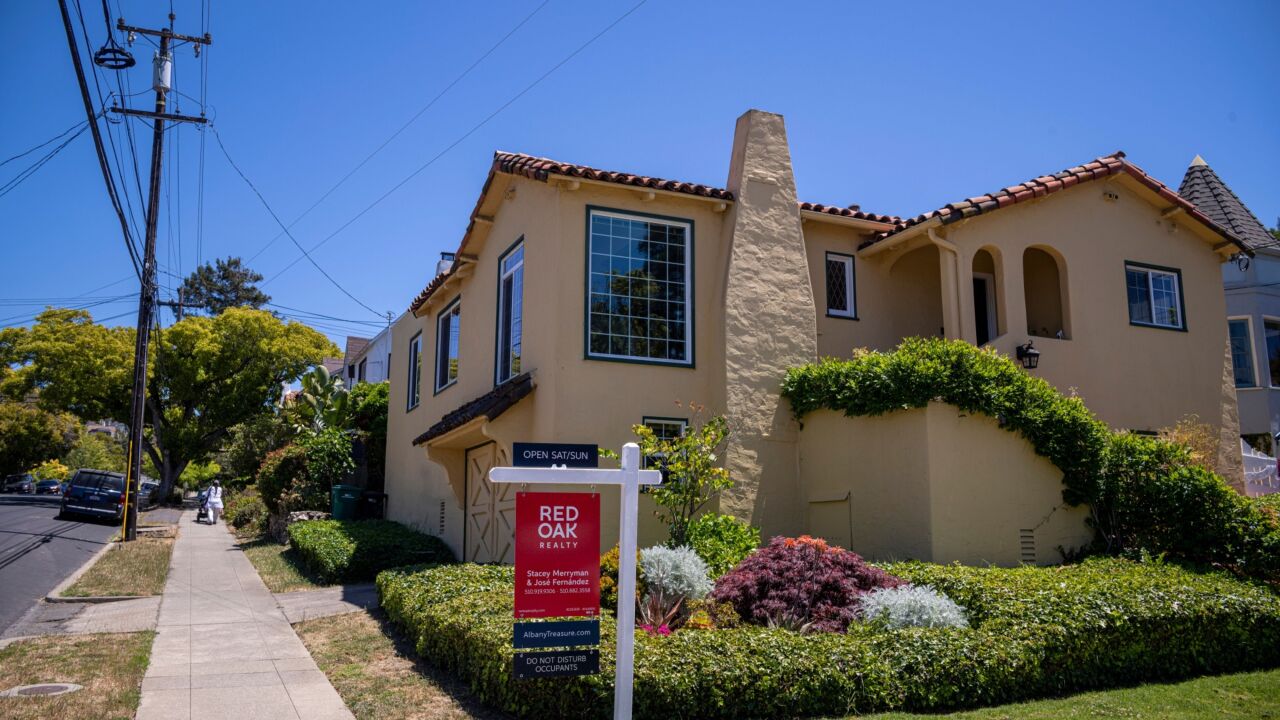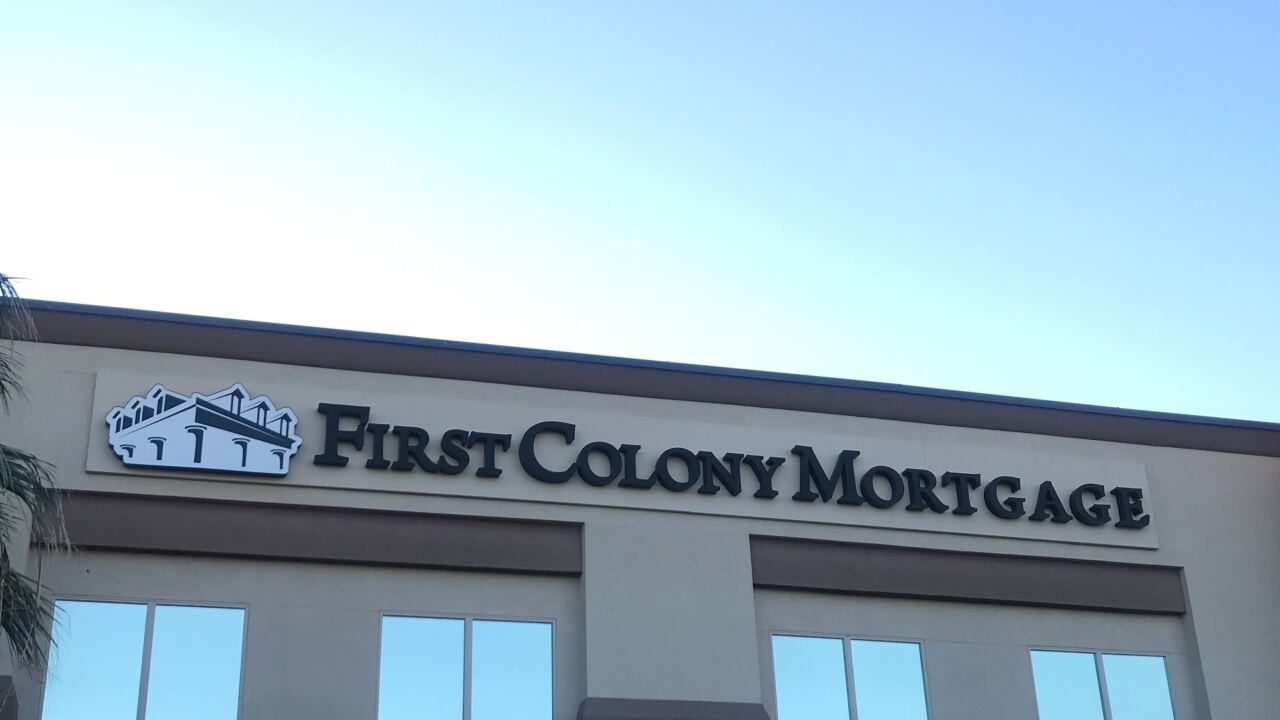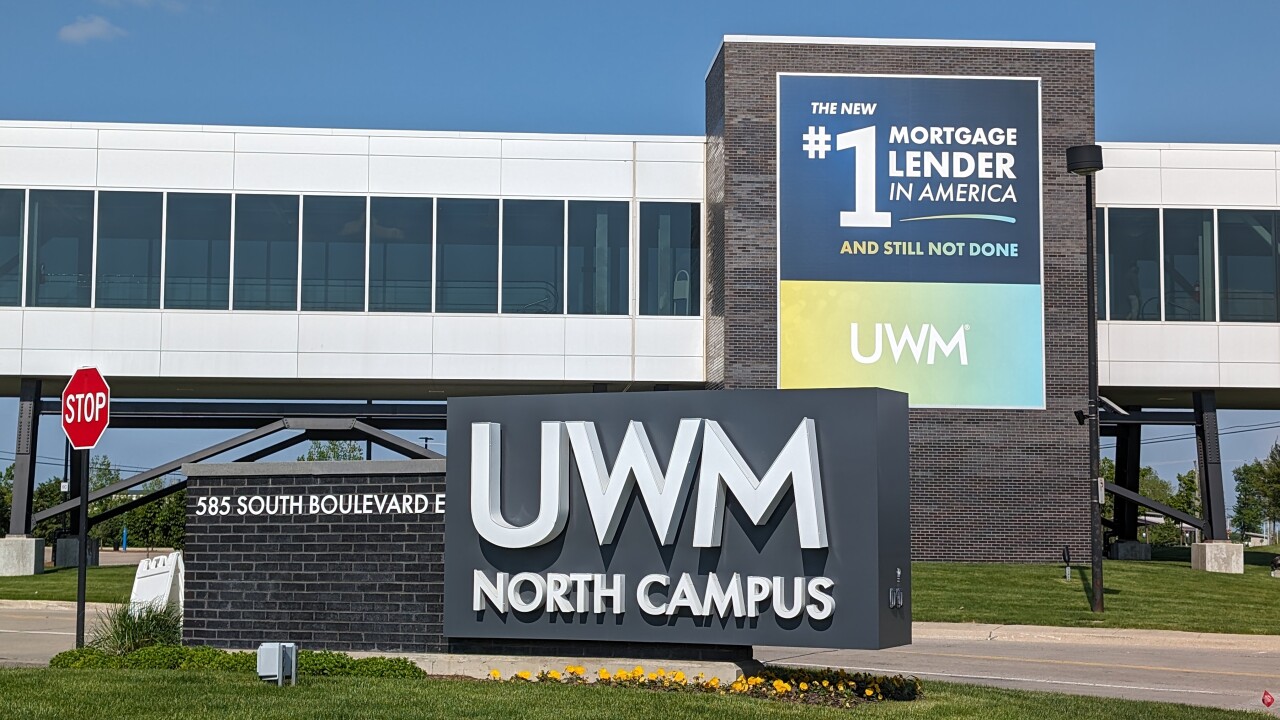Continued economic expansion should lift much of the real estate industry nationwide over the next three years, though single-family housing may miss out on these same levels of growth.
The Urban Land Institute found in its semi-annual real estate forecast released April 8 that its latest estimates for economic growth were more optimistic for 2015 and 2016 across all real estate indicators except single-family starts. These findings are based on a survey of 43 economists and analysts representing leading real estate investment, advisory and research firms and organizations.
"Almost all U.S. real estate participants would be very pleased if the future unfolded as predicted by the ULI consensus forecast," said William Maher, director of North American strategy for LaSalle Investment Management, in an analysis of the forecast's findings. "The forecast represents almost the perfect combination of strong economic and property market fundamentals, combined with an orderly wind-down of monetary stimulus."
The ULI forecast reported that commercial property transaction volume should increase through 2016 before leveling off to $500 billion in 2017. Similarly, commercial real estate prices as measured by the Moody's/RCA Index are expected to rise an average of 7.6% per year through 2017, compared with the long-term average of 5.3%, which Maher said implied three years of strong price appreciation.
Another real estate indicator expected to rise is the issuance of commercial mortgage-backed securities, which the experts surveyed should grow to $150 billion in 2017 from $115 billion in 2015 and $133 billion in 2016.
The forecast also noted the anticipated strong performance of certain economic fundamentals that could bleed over into the real estate markets. Those surveyed estimated net job growth to reach 2.9 million per year, more than double the long-term average of 1.2 million. GDP is also expected to rise at a rate of 3% in both 2015 and 2016 before settling at 2.8% in 2017, representing the highest annual growth rates in nine years.
The ULI report nevertheless did raise some red flags that could signal problem areas for the real estate industry. Particularly, single-family housing starts, which are expected to increase to 900,000 units in 2017 from 647,400 in 2014, would remain below their long-term average, making this the only indicator with lowered forecasts compared with ULI's previous survey six months ago.
Maher, in his analysis of the ULI's findings, also noted other areas for concern including the possibility that higher short-term rates could squeeze investment returns and cause increased capitalization rates. He also warned that the potential always exists for other negative factors putting a damper on real estate growth, such as foreign crises or oversupply situations.
The ULI's next forecast will be released in October 2015.





